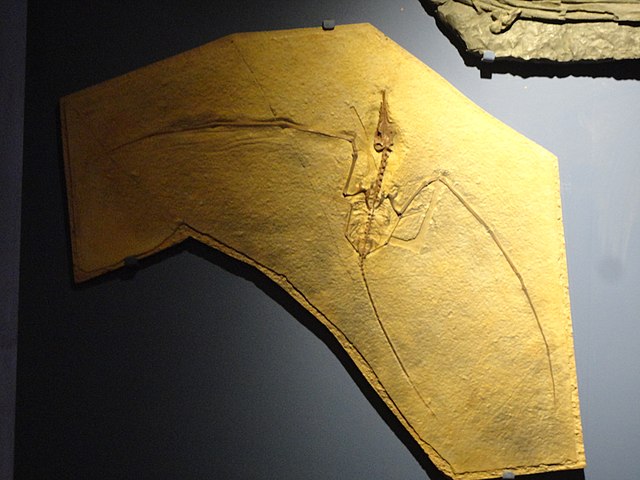Fossils reveal that pterosaurs expelled pellets similar to modern birds
February 17, 2022
The evolutionary link between dinosaurs and birds may be much closer than scientists originally thought. According to Science News, scientists now have the first fossilized evidence that pterosaurs regurgitated hard to digest parts of their meals, scientifically called antiperistalsis. While studying two specimens of Kupengopterus sinensis, a pterosaur species that lived in what is now China between 199 million and 146 million years ago, researchers found a gastric pellet containing fossilized fish scales preserved with each individual, they report in Philosophical Transactions of the Royal Society B.
The results of this study are important because they shed new light on the diet of pterosaurs, which was previously unknown. It revealed that members of this species ate fish. The researchers note that based on the size of the scales in the pellet, the fish that the pterosaur was eating was likely much larger than most fish fossils that were found at the site. This suggests that pterosaurs may have actively hunted their prey and chosen the largest fish instead of scavenging fish that washed up on shore.
According to Science News, these findings are not at all surprising, given that the pterosaur’s family tree contains many species that expel gastric pellets, from living birds such as owls and gulls to fossilized relatives like ancient crocodilians and non-avian dinosaurs. It does reveal however that these pterosaurs had two-part stomachs similar to those of modern birds. One part secretes acid in order to dissolve food and a muscular gizzard compacts the indigestible parts of the prey into a hard pellet.







